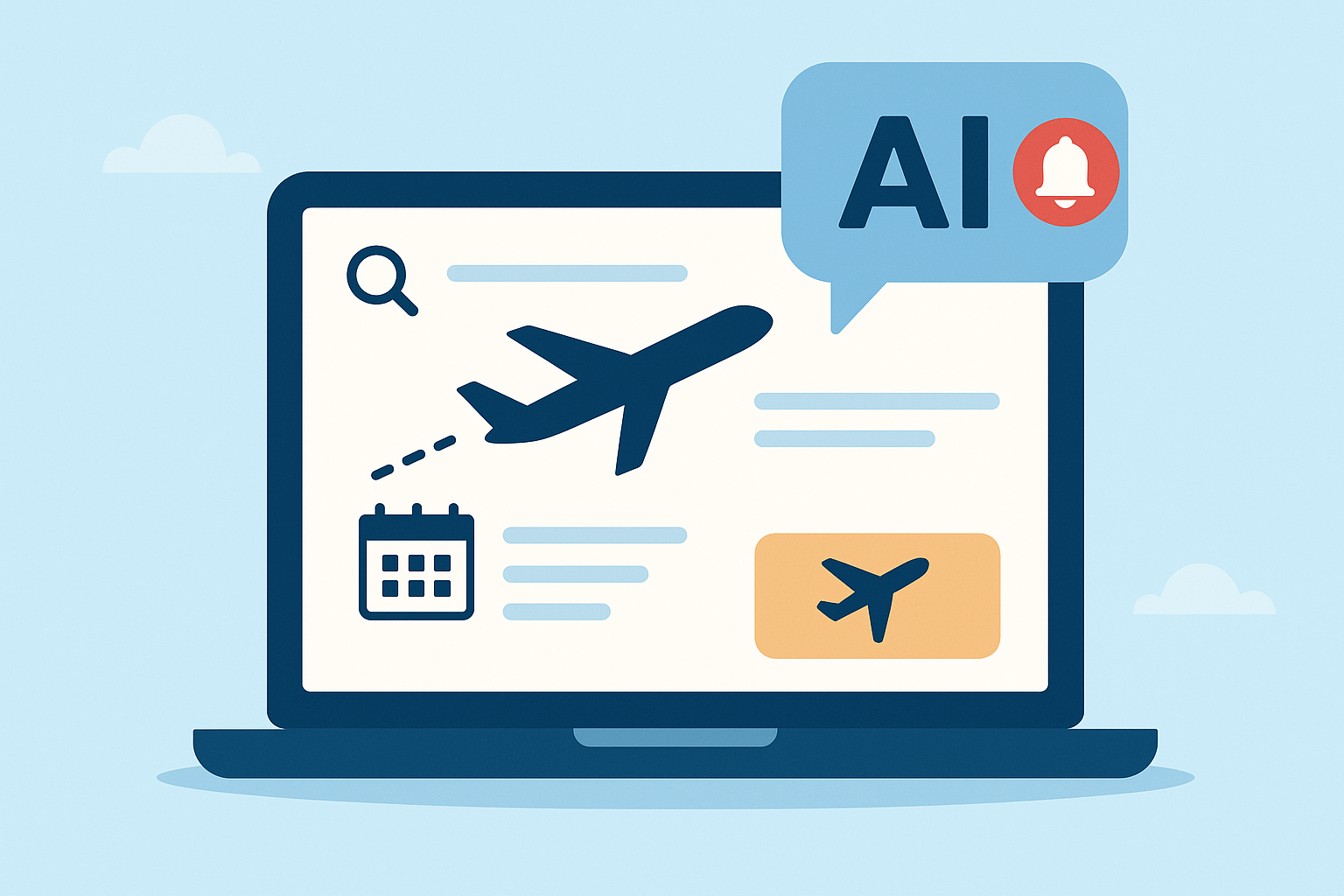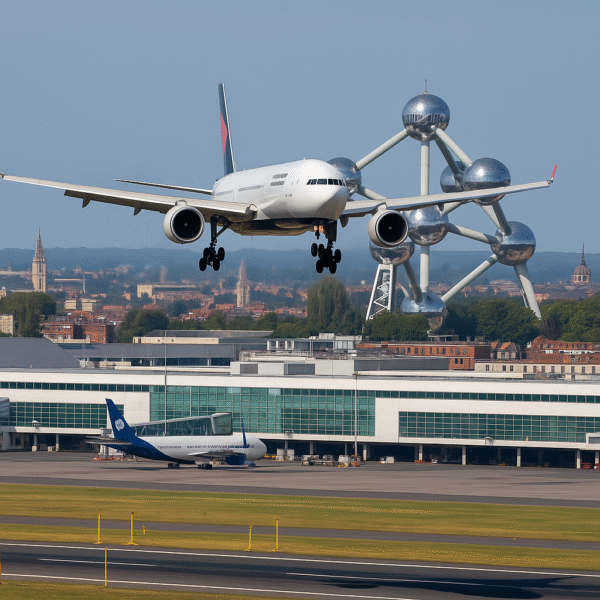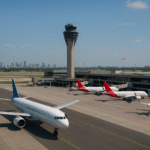Russia’s Regional Airports Set for Major Overhaul by 2030 With Airline-Funded Upgrades
In a landmark move to overhaul regional aviation infrastructure, Russia has launched a transformative initiative aimed at modernising over 75 airports by 2030. Backed by a strategic mix of public-private partnerships, this ambitious project will be partly funded through a new airline infrastructure levy. This fee will apply to carriers operating from selected regional hubs—including Orenburg, Chita, Kemerovo, Gorno-Altaysk, and Stavropol.
Under the oversight of the Federal Air Transport Agency (Rosaviatsia), the program is designed to address growing domestic air travel demands while elevating passenger experience and airport efficiency across Russia’s vast territory.
📍 First Phase Targets Five Regional Airports
The first stage of this initiative sees RUB 23.3 billion (approx. £240 million) in investments directed towards six key regional airports. These include:
- Orenburg International Airport (REN)
- Stavropol Shpakovskoye Airport (STW)
- Chita Kadala Airport (HTA)
- Kemerovo International Airport (KEJ)
- Gorno-Altaysk Airport (RGK)
Upgrades will include revamped terminals, modern runway lighting systems, improved boarding bridges, and baggage handling facilities. Additional aviation security infrastructure will also be implemented, further enhancing traveler safety.
These airports were chosen for their strategic importance in regional connectivity and economic development, especially in areas with growing tourism and logistical demand.
💼 How the Airline Levy System Works
The innovation lies in the concession-based funding model. Private airport operators will invest in upgrades and recoup their contributions through a structured infrastructure levy paid by airlines. These levies will be built into landing fees, handling charges, and other service tariffs.
Key highlights include:
- Variable levy structure based on airport size and passenger volume
- Government co-funding of up to 90% for low-traffic regions
- Full policy framework to be finalised by June 2025
- Transparency in fare changes monitored by Rosaviatsia
This model reflects global trends in aviation funding where governments incentivize private investment while maintaining regulatory control over end-user costs.
🏗️ Benefits for Travelers
While the levy may slightly impact ticket prices, Russian authorities have reassured the public that fare increases will remain capped. In return, passengers can expect noticeable enhancements in their travel experience:
- Streamlined passenger flow via expanded check-in and security lanes
- Greater terminal comfort, with modernized lounges and improved seating
- Advanced baggage systems to reduce lost or delayed luggage
- Higher safety standards, including better lighting and emergency preparedness
Notably, upgrades at Stavropol and Orenburg airports are expected to complete earliest, setting a new benchmark for regional hubs across the country.
✈️ Why Now? Government’s Vision for 2030
The Russian government has made aviation infrastructure a central pillar of its national development strategy. With passenger traffic expected to grow steadily over the next decade, modern airport systems are essential to sustaining economic growth, regional mobility, and tourism.
Prime Minister Mikhail Mishustin has championed the cause, emphasizing that improved airport capacity will help unlock the potential of Russia’s heartland. The goal is to reduce disparities between metropolitan hubs and regional destinations, making domestic air travel more efficient and attractive.
In tandem with other federal projects like the Comprehensive Plan for Modernisation and Expansion of Backbone Infrastructure, this airport strategy reinforces Russia’s broader vision for integrated transportation and logistics.
🧳 Traveler Guide: What You Need to Know
Travelers flying to or from modernising airports should keep in mind:
- Temporary disruptions may occur during construction phases—plan for delays or early check-ins
- Airfare breakdowns may include a transparent infrastructure surcharge—check your ticket details
- Enhanced comfort will gradually become noticeable, particularly in high-priority hubs
- More flight options may emerge from smaller cities as upgraded facilities attract new routes
For current upgrade statuses, visit Rosaviatsia’s official portal or your airport’s website.
📈 Long-Term Impact on Russia’s Tourism and Economy
Modern airports are more than just transit points—they’re gateways to tourism and regional prosperity. Enhanced facilities can boost local economies by:
- Attracting more tourists to under-explored destinations like Gorno-Altaysk and Chita
- Improving business logistics in industrial cities such as Kemerovo and Orenburg
- Facilitating cargo and express freight, vital for e-commerce and trade
According to government estimates, the full program will inject up to €2.4 billion (~RUB 250 billion) into the aviation sector, transforming how Russia connects domestically and internationally.
🧭 In Summary
Russia’s new policy introduces a balanced, forward-thinking framework for airport modernization. By requiring airlines to co-finance infrastructure through regulated levies, the nation is poised to rejuvenate over 75 regional airports by 2030. The plan promises better terminals, more efficient operations, enhanced safety, and greater connectivity—benefiting both travelers and the broader economy.
With careful implementation and sustained investment, Russia’s skies are set for a modern renaissance.
For more travel news like this, keep reading Global Travel Wire





















